Preseason 101: Four Elements of a Successful Preseason
A strong preseason can be the difference between silverware and another disappointing year – or even worse, time spent injured on the sidelines. In fact, many athletes credit successful campaigns to the preseason work they completed long before competitions began.
But before engaging in a successful preseason, it is important to understand what they are, their purpose, and who and how they benefit teams, coaches and athletes.
—> Download our free eBook: The Four Elements of a Successful Preseason
What is a preseason?
Preseason sessions take place before the start of sports seasons, setting athletes up for the competition ahead. Preseason sessions and activities are often most hated by athletes since sessions progressively overload them in order to improve their fitness.
Why are preseasons useful?
Sports scientists and strength and conditioning coaches lead a spate of activities that develop athletes’ conditioning and skills to the required level to compete come the start of the season. This ‘building’ of conditioning and skills makes sure athletes are sufficiently prepared and able to perform maximally.
Aims and objectives of preseason
Athlete conditioning is also important for making sure they are protected from the risks of injury. Without a preseason period where conditioning is developed over time, injuries could occur if athletes are thrust straight into competition – their bodies will not be prepared for the demands of competition and will, most likely, break down, likely causing injury.
Increased preseason participation has been associated with a lower percentage of games missed due to injury (r=−0.40, p<0.05), with 10 preseason sessions predicting a 5% reduction in the percentage of games missed (Windt et al., 2017).
By ensuring you are taking the appropriate steps to manage the health of your athletes, you will positively impact availability, reduce avoidable soft tissue injuries, and ultimately give your team a greater chance of success.
Who benefits from preseason sessions?
Typically, six to 10 weeks from the start of a competitive season, you will see athletes from all sports – American football, soccer, basketball, rugby, ice hockey, lacrosse – engaging in a form of preseason across all levels of play. It is commonly accepted in the sports community that preseasons are vital for optimal performance and mitigation of injury risks.
Ultimately it is the players who should benefit from pre-season. After an extended break to mentally and physically recover, research has shown a significant drop-off in fitness across multiple areas. Without a well-structured preseason, players wouldn’t be prepared to play at the same level so would either break down or underperform.
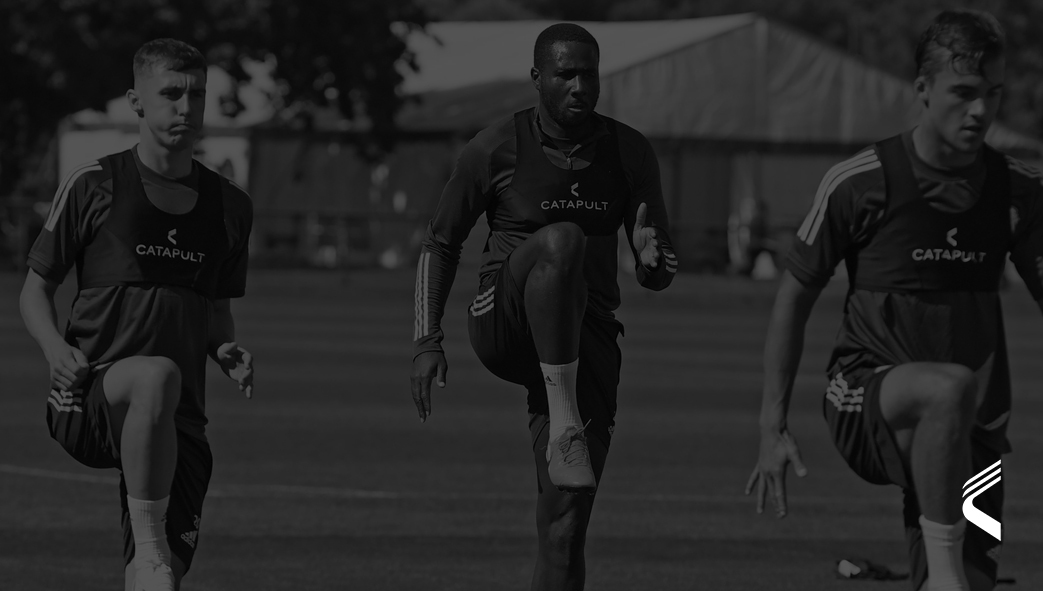
Scientific preseason: The Four Elements of a Successful Preseason
Running players into the ground, pushing them to the limits, and ‘no pain, no gain’ mantras are a thing of the past. Here are four elements to keep in mind for a successful preseason:
- Have a plan
- Keep players in condition during the off-season
- Monitor performance progression
- Meet the specific needs of individual players
—> Download our free eBook: The Four Elements of a Successful Preseason
1. Have a plan
At the very start of preseason, before you’ve even stepped out onto the training pitch, it’s vital that coaching and sports science staff sit down to discuss two key questions:
- What are you trying to achieve?
- How will you achieve it?
These may seem like basic questions, but without the clarity of purpose that comes from answering them and establishing key principles, it is impossible to create a truly effective preseason training program. By starting with a broad overall aim (e.g. achieving promotion) and an agreed playing style, you can begin to quantify the likely physical demands that will be required of the players if they are to attain those goals.
Once those probable demands have been quantified, you can start to build a training program that fully prepares players for the season to come. This ‘preparatory’ phase is crucial and is the foundation for all future activity over the course of the season. It is during this phase that base levels of strength and endurance are established, combined with improvements in the players’ capacity to recover effectively from repeated bouts of high-intensity exercise.
“We always spend the first week in Leicester at our training ground,” says Matt Reeves, Head of Fitness and Conditioning at Leicester City. “We’ve got a very structured preseason where the players will go through days one to five, working through different movements. What we try to achieve at that time is a gradual progression. We want players to safely move from day one through to five, increasing their loads and getting used to the different demands that make football performance.”
—> View Leicester City’s first 2021 preseason training session, below
Aims and objectives
Typically, a preseason program will include a number of aims, all of which contribute towards realising the overarching goals for the season. Those aims should include:
- Increasing base strength and endurance capacity
- ‘Programming’ the movement characteristics of your sport
- Enhancing gross and fine motor skills
- Introducing tactical and strategic elements
Creating a structured preseason plan is an important step towards the team achieving its in-season goals, but it can only be executed correctly if all stakeholders within the club are on the same page and working towards the same targets.
By generating interdisciplinary cooperation on an agreed plan, you can ensure that coaching, medical, science, and strength and conditioning staff are all working towards the achievement of agreed aims. This should ensure the input players are receiving across different departments is fully aligned and consistent. Without this level of organisational coherence, it can be extremely difficult to correctly prepare players for the demands they will experience during the season.
Clearly, there are a wide range of other factors that require careful management for a preseason program to be successful (e.g. overseas travel, game time during warm-up or exhibition games), but those things will only fall into place within a robust fundamental structure and a plan tailored towards the specific aims of the club. If your preseason program is going to adequately prepare your players, you’ve got to have a robust plan.
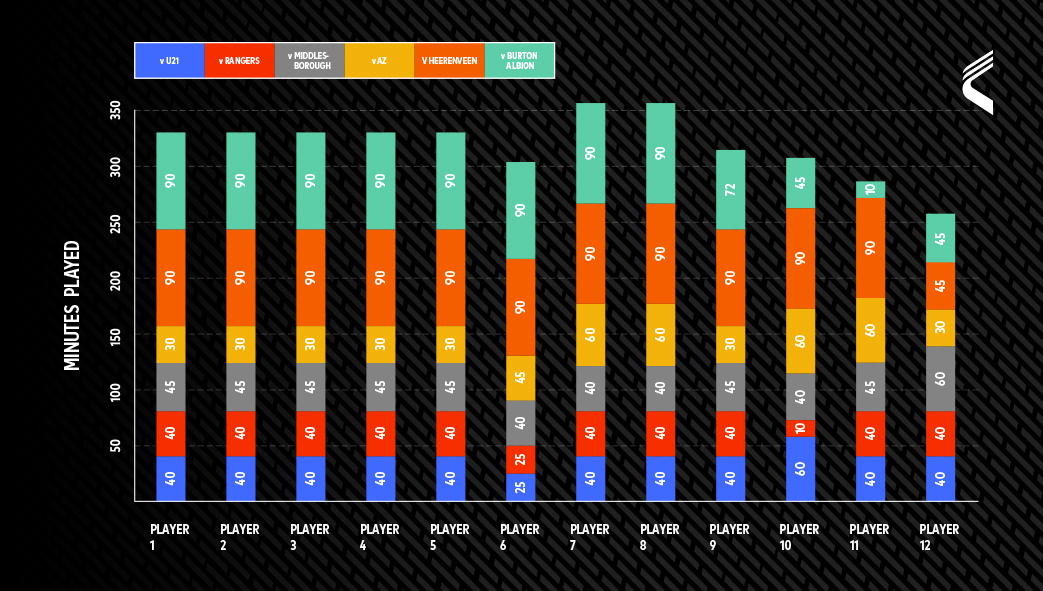
2. Keeping players in condition during the off-season
You may have spent weeks and months planning your preseason program, but even the most thorough plans can struggle to make a positive impact if players return from the off-season in poor physical condition.
Building conditioning and skills
After a long and gruelling campaign, it’s vital that players are given several weeks to rest and recover, but players should also be given structured off-season programs to maintain a certain level of physical activity. For many clubs, the off-season is around six weeks long, meaning players can be exposed to a well-balanced combination of rest and light training over an extended period.
“The very first stage of preseason is the off-season lead-up to it,” says a former first-team lead sports scientist at Hull City Tigers. “If we know the date of the first preseason session, then the question is how do we gradually build the players up to it?”
Following an initial spell of complete rest (perhaps one or two weeks), it’s important players are given tailored off-season programs to follow for the weeks that remain before they report back to the training ground. Typically, these programs involve a combination of cardiovascular exercise and strength work in the gym, ensuring the athletes maintain their conditioning while also being given time and space to fully recover from the rigours of the season.
“An off-season program should still allow them time to have a recovery and taper period after the season. This allows the players to regenerate and so on, while progressively increasing load throughout it so they’re ready for preseason.”
The primary motivation behind off-season programs is to avoid reversibility – the simple principle that, just as positive adaptations follow periods of overload, negative adaptations will follow periods of reduced (or no) activity. Without off-season programs, it’s likely players will lose a lot of the physical capacity they worked so hard to build up during the season, negatively impacting on your club’s progress during pre-season
–> NBA insight: Orlando Magic’s preseason – How to cope with a congested return-to-play.
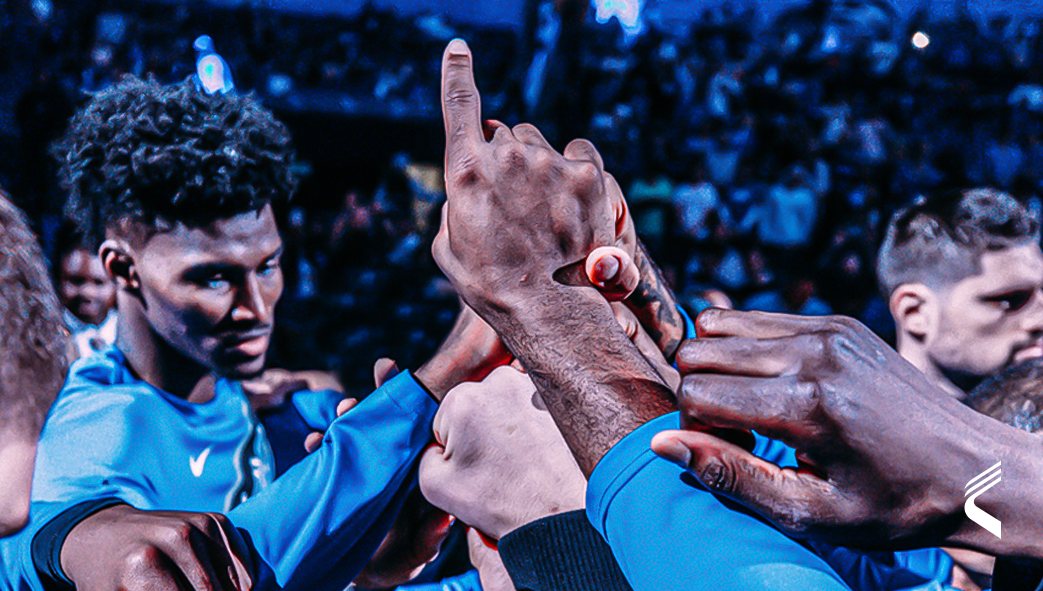
In order for your preseason program to fulfil the objectives you have set for it, it’s key that players can arrive back at the training ground ready to meet the physical demands required
of them. If players are at an appropriate level of fitness at the beginning of preseason, then coaches can spend more time getting their ideas across and less time having to get individuals up to speed with basic fitness work. Maintaining fitness during the off-season also means preseason is less of a shock to the system, avoiding sudden load increases and ensuring players are protected from unnecessarily high risk of injury.
“Each player will get an individual program depending on their schedule during the off-season,” says the leading sports scientist. “We try to make sure that they’re in as good a state as possible so that it’s not too big a shock or change to the system when they arrive back.”
It can be easy to get caught up in the detail of planning a comprehensive preseason program, but without individualised off-season schedules you will risk jeopardising the aims and intentions of the work you give your players during the preseason phase.
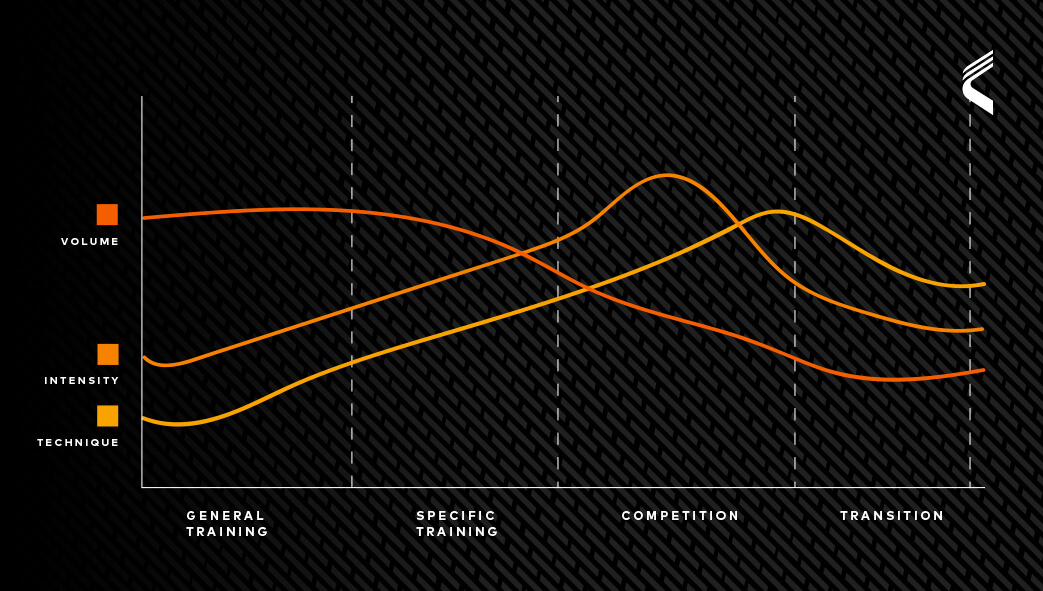
3. Monitor performance progression
Historically, preseason was a time when coaches would ‘beast’ players, subjecting them to relentless cardiovascular programs with little consideration for individual needs, position, or sport-specific movements.
The days of those one-size-fits-all preseason programs are largely gone, replaced by more scientific approaches that consider the overarching performance goals of the organisation and the needs of individual players and their specific positions. In order to establish a successful and fully validated preseason program of that kind, it’s vital that clubs quantify and monitor performance progression on both a team and individual level by establishing effective athlete monitoring processes.
–> Harlequins Rugby Union Preseason, view below
Naturally, technology is at the heart of any performance monitoring process. Given one of the key aims of a preseason program is to help players adapt to meet the demands they will face during the season, athlete monitoring technologies are a crucial tool for practitioners in terms of tracking that progression.
By monitoring internal load (an individual’s response to training) and external load (all training modalities imposed on athletes, best measured by GPS and accelerometers) as a starting point, it is possible to gain a more complete picture of an athlete’s response to their program and better understand the general effectiveness of the training you are prescribing. The relationship between internal and external load metrics can be valuable measures of athlete efficiency, shedding light on the state of readiness of your athletes and – when analysed longitudinally – offering an important insight into how a player is adapting ahead of the new season.
A scientific approach
“We should plan and deliver training dose according to the external training load, but we should monitor the athlete’s response to that load from the internal responses,” says Aaron Coutts, professor in sport and exercise science at the University of Technology Sydney. “These are only useful for monitoring athletes if we contextualise that with other data.”
Not only can athlete monitoring technology help you to track player progression and the
effectiveness of your preseason program, it can also help to answer performance questions from coaching staff. Generally, the questions asked of sports science staff can be distilled into two general categories:
a) How much work have the players performed?
b) How hard have they worked?
Rather than swamping coaches with data, a well-designed performance monitoring process can help you to identify key insights that provide the most valuable information within the context of the physical and tactical aims your preseason program is trying to achieve.
Of course, the effectiveness of performance monitoring is increased when all parties (e.g. coaches, athletes, sports scientists) share a common understanding of the rationale behind the plan. Everyone involved should understand why the monitoring is taking place, what will be monitored, by whom, and how often. If that level of internal communication isn’t in place, then there is a risk of athletes feeling as though they are merely guinea pigs, or coaches failing to buy into the process.
One size doesn’t fit all
“One approach doesn’t fit all,” says Coutts, summarising the key elements of an effective athlete monitoring system. “I’d recommend that practitioners use simple tools and good science; collect the data properly and analyse it thoroughly. The best tools still remain coaching and talking to people, but outside of that go with wellness measures, session rate of perceived exertion (RPE), and external training load. I think that you’ve got a good basis for a fundamental monitoring system.”
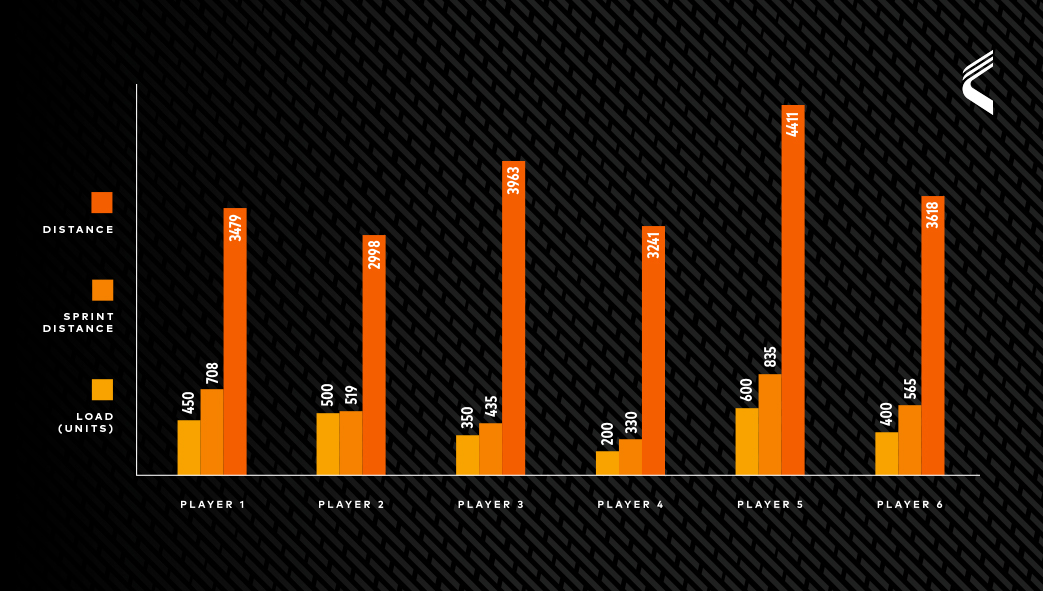
4. Meet the specific needs of individual players
All preseason training programs are designed to prepare a squad to meet overall team objectives, but can sometimes fall down when it comes to making allowances for the needs of individual players.
Even at the elite level, individual athletes vary in their capacity for exercise. This variation comes from a series of factors, including age, genetics, training history, skill level, and motivation. There are also other nuances to consider, such as players coming back from injury, or the physical demands of different positions on the field. As a result of this variance, coaches shouldn’t expect all athletes to respond in the same way to the same set of drills.
These differences between athletes mean an effective preseason program should incorporate a level of individualisation within the wider context of preparing to meet the overarching team goals for the season to come. Given different players will require different training stimuli, a program that prescribes the same training to a diverse group of players is destined to fall short of its objectives and potentially result in some players being overloaded and others underloaded. Conversely, a program with a more individualised approach is more likely to succeed and optimise the performance of athletes while simultaneously reducing their risk of injury.
–> Penrith Panthers Preseason, watch now
The use of data in building individualised preseason
“Once you have enough data, it’s important to start building ‘fingerprints’ of the athletes that you work with that are specific to themselves,” says Chris Barnes, Football Performance Consultant. “The beauty of that is we can then set working ranges for our athletes and the positions that they play in, and we can set up alerts or ‘red flags’ to identify when they are stepping out of those ranges.”
In order to strike the right balance between collective and individual training within a preseason program, it is vital that coaches and sports scientists set goals on both team and player levels. Team goals will focus on broad targets for the coming season and the physical attributes required to attain them, while individual goals will ensure players are prescribed training that addresses their specific requirements without jeopardising the development of the team as a whole.
To achieve this often complex balancing act, practitioners may be required to segment certain sessions or drills to allow for different individual needs. For example, players might start a speed session together before moving away into smaller groups to work on more specific movements, or do some general strength work as a collective before going to work on their own individualised weights program.
By working in this more nuanced way and incorporating an individualised approach to all aspects of a programme, you will create structures and systems geared towards optimising performance, whilst also minimising the risk of injury.